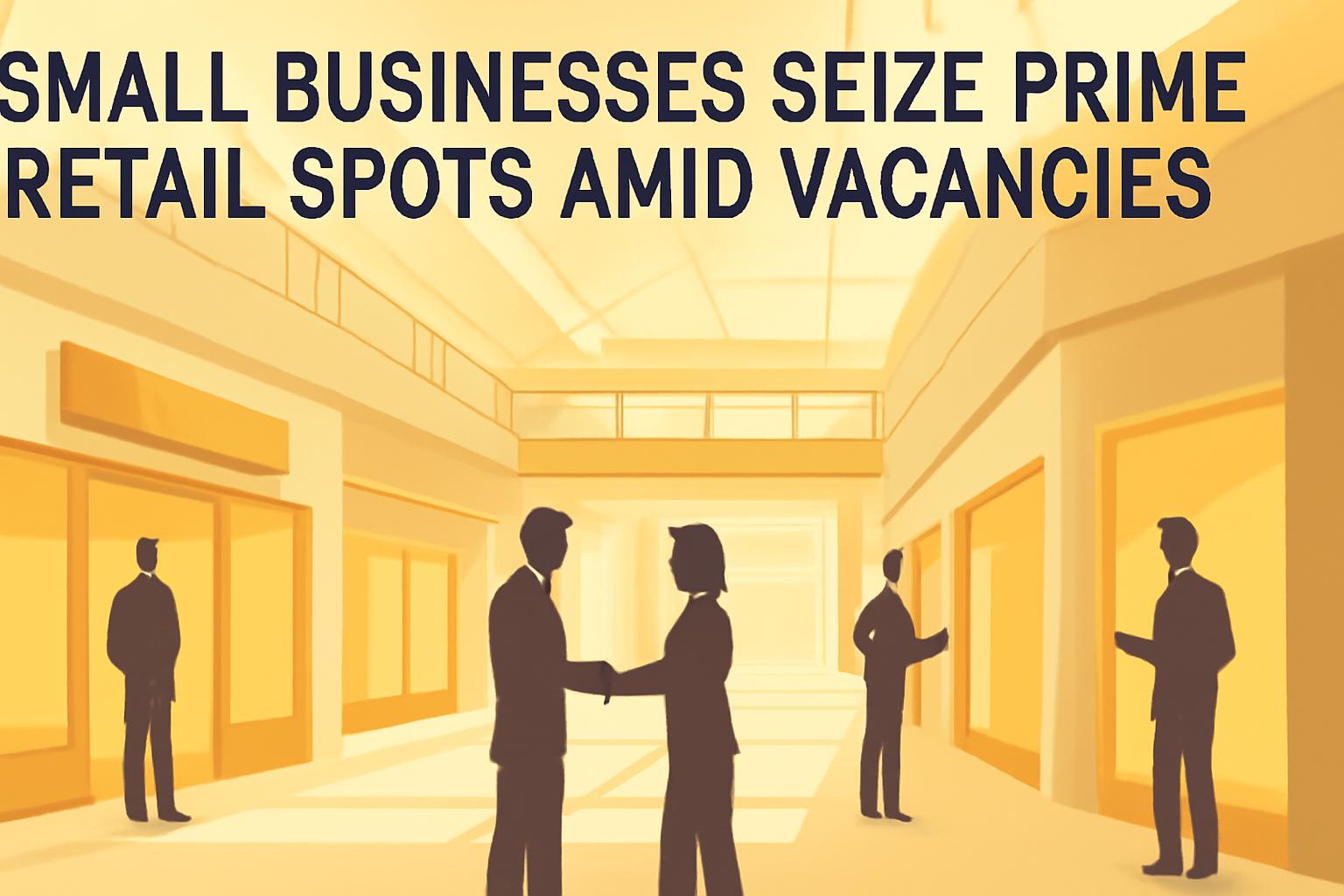Mall Vacancies and Small Business Opportunities
As national mall vacancy rates climb, a growing number of small businesses are capitalizing on the availability of prime retail spaces. Kimberly Blair, a wellness practitioner from San Diego, exemplifies this trend. After noticing increased screen fatigue among her clients in virtual sessions, she sought a physical storefront and found an abundance of affordable, flexible leasing options in shopping centers once dominated by chain stores. “I was able to negotiate a fantastic monthly rent and flexible lease terms,” Blair said, highlighting a new competitive advantage for her business and improved support for her clients.Rising Vacancies in Shopping Centers
According to Cushman & Wakefield’s recent report, shopping center vacancy rates rose to 5.8% in the second quarter of 2025, marking a 20 basis point increase from the previous quarter and a 50 basis point rise year-over-year. This softening demand has led to a moderation in rent growth, although rental rates continue to climb at a reduced pace compared to the post-pandemic peak.“The rental rates are going up, but not at the same rate of increase,” said James Bohnaker, senior economist at Cushman & Wakefield. “Post-Covid, rental rates were rising around 4%, now they are closer to 2%.”Small Businesses Seize Retail Real Estate Chances
This flattening of rental increases coupled with rising vacancies is enabling service-based and independent businesses to enter markets previously dominated by large national chains. Health practitioners, fitness operators, and local artisans are among those expanding into these newly accessible spaces. Elizabeth Lafontaine, research director at Placer.ai, emphasized that “Main Street opportunities are definitely on the rise for tenants beyond the traditional retail model,” especially in markets experiencing population growth and consumer migration. Real estate brokers also report a surge in flexible leasing arrangements, including shorter lease terms, rent concessions, and tenant improvement allowances, helping small businesses mitigate financial risks while establishing physical presence.Regional Variations and Landlord Strategies
Opportunities for small businesses are highly dependent on geography. In major metropolitan hubs like New York City, strong demand for industrial and distribution space limits availability for retail conversions. In contrast, mid-sized cities and inner-ring suburbs with struggling retail corridors are more receptive to local entrepreneurs. Landlords face complex decisions balancing the desire for “credit tenants”—national chains with stable financial backing—and the immediate need to fill vacancies. Some owners prefer long vacancies to facilitate property sales, while others adopt flexible leasing to maintain foot traffic and community engagement.“Empty spaces send a message that a place is struggling,” said Marc Norman, associate dean at NYU’s Schack Institute of Real Estate. “Landlords may cut prices to keep plazas active, but strategic goals vary widely.”Case Studies and Local Examples
In northern Michigan, Traverse Bay Farms owner Andy LaPointe has successfully transformed former chain store spaces into community-focused retail destinations, emphasizing unique local experiences over generic replacements. Similarly, in Des Moines, Iowa, landlords have lowered rents by nearly 30% and provided tenant improvement funds to attract family-owned businesses, demonstrating a willingness to adapt to market changes. However, the inherent risk of small business failures tempers enthusiasm. Research indicates that over half of small businesses fail within six years, prompting some landlords to hold out for higher-paying tenants rather than accept early leases at reduced rates.Future Outlook
The trend of increasing vacancies and moderated rent growth is expected to persist in the near term, continuing to create openings for small businesses willing to navigate flexible leasing environments. This dynamic is reshaping the retail real estate market, fostering local economic regeneration while challenging traditional landlord-tenant models.FinOracleAI — Market View
The rise in shopping center vacancies, driven by chain store closures and evolving consumer behaviors, is creating a unique window for small businesses to access prime retail real estate with improved lease flexibility. This shift supports local entrepreneurship and diversification of retail offerings but carries risks related to small business sustainability and uneven regional demand.- Opportunities: Enhanced access to prime retail locations, flexible lease terms, potential for local economic revitalization, and diversified tenant mix.
- Risks: High small business failure rates, geographic disparities in market conditions, landlord reluctance to reduce rents long term, and potential for increased vacancies if economic conditions worsen.
Impact: Neutral to positive for local commercial real estate markets and small businesses, with cautious optimism amid ongoing retail sector adjustments.













